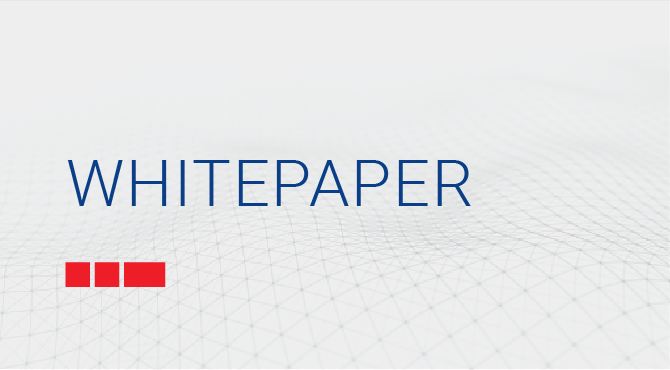WHITEPAPER– ‘Institutional DeFi.The-Next-Generation-of-Finance?’

From the carrier pigeon to the telegraph, the transistor to the mainframe, technology has shaped the finance industry for generations. And Institutional Decentralized Finance (DeFi) has the potential to be the next great transformative force.
Which is why SBI Digital Markets’ parent company SBI Digital Asset Holdings (DAH) partnered with DBS Bank, J.P. Morgan and Oliver Wyman Forum to release a whitepaper that summarises the broad learnings from the from Project Guardian, the industry-first successful live trade pilot for digital asset and decentralised finance, that was led by the Monetary Authority of Singapore (MAS).
The whitepaper ‘Institutional DeFi. The-Next-Generation-of-Finance?’ explores the benefits of digital asset interoperability and transaction efficiency that institutional DeFi protocols can introduce to financial markets. The aim of this joint report is to help business executives understand the potential benefits of adapting decentralized finance (DeFi) protocols in the finance industry using tokenized real-world assets.
Put simply, DeFi protocols are self-executing applications on a blockchain that can automate financial services such as lending and borrowing, trading, and asset management while reducing manual involvement from intermediaries. Such protocols have emerged rapidly, capturing billions of assets in the crypto-asset industry, but financial institutions need to address a number of considerations before they can use DeFi protocols at scale.
Defining Institutional DeFi
“Institutional DeFi” combines the innovations of DeFi protocols with the safeguards of today’s finance industry. The whitepaper explains what industry participants need to do to achieve regulatory clarity, drive commercial adoption, and get the greatest benefits out of Institutional DeFi for their clients and themselves.
Now is the time to actively explore Institutional DeFi
The foundation for Institutional DeFi is being established by the growth of real-world asset tokenization and the innovations observed in DeFi. Institutional investors’ appetite for digital assets is growing and they are willing to pay extra for increased liquidity and faster transactions. 88% said they are still planning to move forward with current plans around digital assets despite market downturn.
There is no one-size-fits-all Institutional DeFi solution
Design choices for Institutional DeFi solutions need to be tailored for specific, prioritized business objectives. The task for any firm considering an Institutional DeFi solution is to choose a complementary set of options within each design choice to address its business objectives, taking into account asset classes, jurisdictions, and the target value proposition.
Institutional DeFi is feasible, but work is needed to drive adoption at scale
While Pilot One (Project Guardian) demonstrates the feasibility of Institutional DeFi solutions when paired with tokenized assets, the industry should focus its collaborative efforts in three areas:
a) addressing legal and regulatory uncertainties
b) establishing shared standards
c) envisioning a target market structure.
Four effective moves for seizing Institutional DeFi opportunities
• Focus on business impact and getting production-ready, instead of just running proofs of concept for the technological feasibility of employing blockchain, tokenization, or DeFi
• Collaborate with like-minded peers and clients to advance solutions and set tokenization and DeFi standards for interoperability as the foundation of scaling and mass adoption
• Assess improvement areas with multiple teams throughout the existing end-to-end business process, and innovation areas to build new businesses, rather than siloed efforts
• Proactively work with regulators, sharing feedback and concrete asks based on first-hand findings to co-create environments that protect clients and financial stability.
It may be too early to predict the end-game scenario, but there are no-regret moves executives can take now to prepare their organization for future options. First movers will have an advantage because they will learn how best to deploy the technology and create a talent environment that fosters innovation.
Read the co-authored report now ‘Institutional DeFi. The-Next-Generation-of-Finance?’
